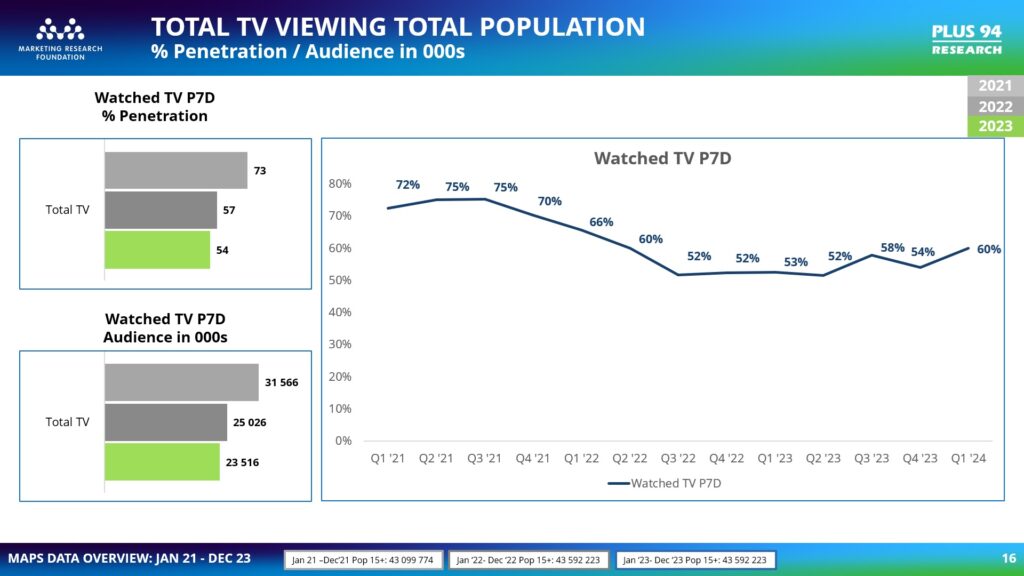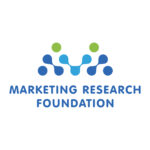
 Isla Prentis, Business Unit Manager at The MediaShop says that Big Data was pegged as a trend at the beginning of this year. For the sixth year in row. Something’s wrong with this picture.
Isla Prentis, Business Unit Manager at The MediaShop says that Big Data was pegged as a trend at the beginning of this year. For the sixth year in row. Something’s wrong with this picture.
“Understanding is deeper than knowledge. There are many people who know you but very few understand you.” I came across this anonymous quote recently and could not stop thinking about it. Why? Because it helped me to define the gaps that I believe we’re facing in the marketing industry at the moment.
It amazes me that big data was listed as one of the big upcoming trends at the beginning of 2018 – for the sixth year in a row. How can it still be a trend six years later? And if it’s been around so long now, why is it still a massive gap in so much of our industry?
Big data is not unique to the marketing industry, nor is it likely to go anywhere. I typed “big data” in the news tab of Google and received >651 million results. There isn’t an industry that isn’t talking about transformation driven by big data. I don’t question that it’s here to stay but I do question if we’re using it to add value in our industry.
Marketing and advertising businesses collect data, a phenomenal amount of data! But do we use it, I mean really use this data? More importantly, do we understand it? I personally love technology and automation because it allows machines to collect and process masses of information really quickly. By embracing automation, we make a shift from data to the insight.
Have we lost understanding in our search for big data? On that note, let me clarify that I am not against big data – in fact it is just the opposite.
With my curious mind, I’m always looking to gain new knowledge, and more importantly, new understanding, and big data helps us do this. But this alone is not enough, big data is a starting point not the end point. It helps us arrive at knowledge. Looking up and immersing ourselves into communities around us will help to move that knowledge to a new level of understanding.
Data helps us to predict patterns in consumer behaviour but it does not help us to understand what drives the behaviour. It is essential that we understand these patterns to ensure that communication happens in the right context, and it is equally important that we understand what drives the behaviour so that we can find a connection with our audience.
And if you’re anything like me, right now you’re asking why? Well, we don’t need to read another article to know that consumers are no longer passive audiences, or that brands no longer have the control. We also know that we need consumers to notice us in the relevant moment. By understanding predictable patterns, we can make sure we place communication in the most relevant places, and in the most relevant times.
But what good is a message at the right time or the right place if the consumer doesn’t notice it? That’s where the second challenge comes in – how do we connect with our consumer if we don’t understand them? If the consumer is in the driving seat, we have to make sure we get them to stop and look up. We need to understand what drives consumers both consciously and sub-consciously if we want to stand a chance of influencing their behaviour.
We need to immerse ourselves in consumer behaviour in order to gain true understanding. We need to let go of assumptions and stereotypes and start to observe the different communities around us. Like-mindedness is not created by the demographics that we happen to fall in but rather by a number of factors that we input – our culture, our interests, our attitudes to name just a few. These connections divide us into different communities, or micro-communities, and using this understanding in communication will create the connection needed to make your consumer stop and look up.
So let’s encourage big data – but make sure that it doesn’t get collected and then sit gathering dust. Analyse, interpret and apply it – it has to add value to everything that we do. But we shouldn’t stop there, we need to look up and start to understand the people behind the target audience definition, understand the communities that form around like-mindedness, understand cultural similarities and differences, and become experts in human behaviour.
And so I come back to the quote that I opened with – if you want to make an impact, make sure that you are one of those few that really understand the consumer. “Understanding is deeper than knowledge. There are many people who know you but very few understand you.”
- MRF Unveils Latest MAPS® Data - 20th February 2025
- The BRC announces changes to the board and updates for 2025 - 17th December 2024
- Top 50 DSTV TV programmes – October 2024 - 12th November 2024





